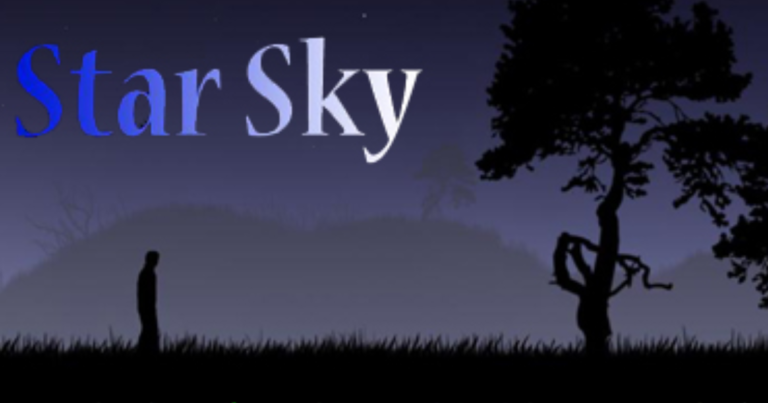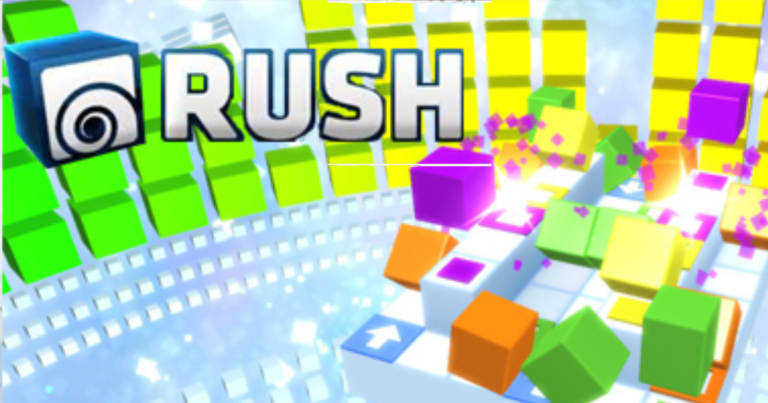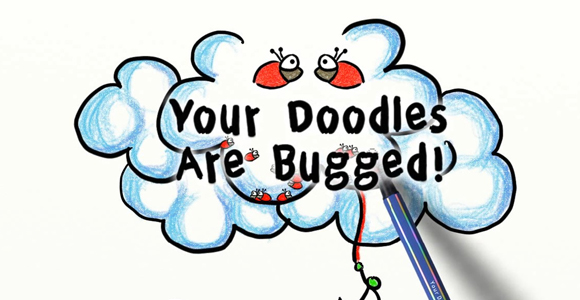Posted inPC
Review – Star Sky (PC)
Review – PC – Star Sky Mårten Jonsson | Released 05.09.2011 There was a recent news article floating around about “Video Games now Considered Art”. Now, personally, there are some questionable artistic content in say, Call of Duty, but even Movies can be considered Art and still have their craptastic turns like Revenge of the Fallen. Then there are games that really feel like they have some level of artistic quality to them. They are interesting and original and evoke a bit of emotional reaction that isn’t just straight adrenaline. Star Sky, a recent indie title out of Sweeden is…




